Iran and China are two of the oldest civilizations in the world, and both have rich, unique cultures that have influenced the world in many ways. For centuries, the two countries have been connected by trade, religion, and cultural exchange, and this connection has resulted in a fascinating blend of literature, art, and culture. From the Silk Road trade route to the modern-day Belt and Road Initiative, the relationship between Iran and China has been one of cultural bridges. In this post, we will explore the significance of Iran and China relations in literature, art, and culture. Join us as we delve into the fascinating history of these two nations and discover the beauty of their shared cultural heritage.
The Historical and Cultural Ties between Iran and China
The relationship between Iran and China is one that is steeped in a rich history and deep cultural connections. These two ancient civilizations have been connected through trade routes, diplomatic exchanges, and cultural interactions for centuries, fostering a bond that has left an indelible mark on both nations.
Dating back to the ancient Silk Road, which served as a critical trade route connecting East and West, Iran and China
became hubs of commerce, facilitating the exchange of goods, ideas, and cultural influences. This intermingling of cultures resulted in the fusion of artistic styles, architectural designs, and culinary traditions, creating a unique blend that is still evident in both societies today.
Literature has played a significant role in bridging the gap between Iran and China, as both countries boast a rich literary heritage. Persian poets and Chinese scholars have exchanged poetic works, drawing inspiration from one another's languages, themes, and literary techniques. This cross-pollination of ideas has given rise to beautifully crafted pieces that celebrate the shared human experiences and showcase the similarities and differences that exist between these two cultures.
Art, too, has served as a medium through which the historical and cultural ties between Iran and China are explored and celebrated. Iranian miniature paintings and Chinese brush paintings have influenced each other, with artists incorporating elements from both traditions into their work. The result is a vibrant and captivating blend of styles, capturing the essence of the interconnectedness between these two nations.
Moreover, the cultural exchange between Iran and China extends beyond literature and art. Traditional practices, such as calligraphy, martial arts, and tea ceremonies, have been shared and embraced by both cultures, further strengthening the bond between them. These shared practices have become an integral part of the cultural fabric of both nations, highlighting the deep-rooted connections that have developed over time.
As we delve deeper into the significance of Iran and China relations in literature, art, and culture, we will explore the enduring influence of these
historical and cultural ties. By examining the works of renowned authors, artists, and cultural figures, we aim to shed light on the profound impact that Iran and China have had on each other's cultural landscapes, and the importance of preserving and nurturing these connections for future generations.
Exploring the works of Iranian and Chinese authors
The realm of literature has always been a powerful medium for exploring and understanding diverse cultures. The works of Iranian and Chinese authors offer a fascinating insight into the shared influences and rich cultural tapestries that connect these two nations.
Iranian literature, with its roots in ancient Persian civilization, is renowned for its poetic traditions and profound philosophical undertones. The works of celebrated authors such as Hafez, Rumi, and Ferdowsi have captivated readers for centuries, transcending borders and inspiring generations.
These timeless literary treasures often delve into themes of love, spirituality, and the human condition, resonating with readers across cultures.
Similarly, Chinese literature boasts a vast and diverse canon that spans thousands of years. From ancient classics like "The Art of War" by Sun Tzu to the poetic verses of Li Bai, Chinese literature embodies the country's rich history and cultural heritage. The writings of prominent authors like Lu Xun and Mo Yan have not only shaped Chinese literature but have also gained international acclaim, earning them prestigious literary awards such as the Nobel Prize in Literature.
Exploring the works of Iranian and Chinese
authors reveals profound similarities and shared influences. Both cultures exhibit a deep reverence for nature, employing vivid imagery and symbolism to evoke emotions and convey profound truths. Themes of love, longing, and the search for meaning permeate their literary masterpieces, reminding us of the universal experiences that bind humanity together.
Moreover, the exchange of ideas and literary techniques between these two cultures has led to a fruitful cross-pollination of artistic expression. Iranian writers have drawn inspiration from Chinese storytelling techniques, incorporating elements of Chinese folklore and mythology into their works. Conversely, Chinese authors have been influenced by Iranian literary traditions, infusing their narratives with poetic language and metaphorical depth.
In this intersection of Iranian and Chinese literature, readers are presented with a unique opportunity to explore the interconnectedness of human experiences. It is through these shared influences that cultural bridges are built, fostering a deeper understanding and appreciation
for the beauty and diversity of our world.
As we delve into the works of Iranian and Chinese authors, we embark on a literary journey that transcends geographical boundaries, connecting us to the shared human experiences and universal truths that lie at the heart of these vibrant cultures. It is through the exploration of literature that we can celebrate the significance of Iran and China relations, and the enduring power of art and culture in bridging cultural divides.
How Iranian and Chinese artists have influenced each other
The artistic exchanges between Iran and China have played a significant role in shaping the cultural landscape of both nations. Over the centuries, Iranian and Chinese artists have engaged in a rich and vibrant exchange of ideas, aesthetics, and techniques, resulting in a fusion of artistic styles that is truly unique.
One of the most fascinating aspects
of this artistic exchange is the way in which Iranian and Chinese artists have influenced each other's work. For example, Iranian calligraphy and miniature painting techniques have found their way into Chinese art, adding a touch of elegance and intricacy to traditional Chinese brushwork. Similarly, Chinese landscape painting has had a profound influence on Iranian artists, inspiring them to explore new ways of capturing the beauty of their own natural surroundings.
Beyond the realm of visual art, Iranian and Chinese literature have also greatly influenced each other. Persian poetry, known for its lyrical beauty and profound philosophical insights, has been embraced by Chinese poets who have incorporated Persian poetic forms and themes
into their own work. Likewise, Chinese literature, with its rich storytelling traditions and complex character development, has left a lasting impact on Iranian writers, who have drawn inspiration from Chinese novels and plays.
This artistic exchange has not only enriched the cultural heritage of both nations but has also fostered a deeper understanding and appreciation between the Iranian and Chinese people. Through the shared language of art, Iranians and Chinese have been able to bridge gaps in language, geography, and ideology, fostering a sense of connection and mutual respect.
As we delve deeper into the significance of Iran and China relations in literature, art, and culture, it becomes clear that the artistic exchanges between these two
nations have not only shaped their respective artistic landscapes but have also contributed to the broader tapestry of global art and culture. By exploring the interplay between Iranian and Chinese artistic traditions, we gain a deeper appreciation for the power of art to transcend borders and forge meaningful connections between diverse cultures.

Iranian and Chinese have beautifully captured the essence of their respective cultures
The role of literature, art, and culture in strengthening Iran-China relations
Cultural diplomacy plays a pivotal role in strengthening relations between nations, and the connection between Iran and China is no exception. Literature, art, and culture serve as powerful bridges that allow for deeper understanding, appreciation, and dialogue between these two ancient civilizations.
In the realm of literature, Iranian and Chinese authors have beautifully captured the essence of their respective cultures, offering readers a glimpse into their rich histories and traditions. Through translated works, readers from both nations can delve into the depths of each other's literary landscapes, fostering a sense of curiosity and fostering mutual
respect. The exchange of literary works not only promotes cultural understanding but also opens doors for collaboration and joint efforts in the literary realm.
Art, another expressive medium, has the ability to transcend language and directly touch the hearts and minds of individuals. In recent years, cultural exchanges and exhibitions between Iran and China have showcased the diverse artistic heritage of both nations. From calligraphy and painting to sculpture and ceramics, these art forms serve as a visual representation of the shared values and artistic expressions that bind the two cultures together. By appreciating and engaging with each other's art, Iranians and Chinese can forge stronger cultural bonds and foster an environment of creativity and inspiration.
Furthermore, cultural events and festivals provide a platform for Iranians and Chinese to celebrate their shared heritage, as well as to learn from and appreciate their differences. Through dance, music, theater, and cuisine, these vibrant celebrations allow for cross-cultural interactions, promoting cultural diplomacy and fostering friendships between individuals from both nations. Such events not only strengthen the cultural ties between Iran and China but also attract global
attention, putting a spotlight on the beauty and richness of their combined cultural tapestry.
In conclusion, literature, art, and culture play a crucial role in enhancing the relationship between Iran and China. By embracing and promoting cultural diplomacy, both nations can deepen their understanding of each other, foster mutual respect and appreciation, and pave the way for a stronger and more harmonious future. Through the exploration and celebration of their shared cultural heritage, Iranians and Chinese can build bridges that transcend borders and unite them in a shared journey of cultural exchange and collaboration.
Cross-cultural collaborations in film and theater
Cross-cultural collaborations in film and theater have played a significant role in strengthening the connections between Iran and China. These collaborations serve as bridges that bring together
the rich cultural heritage and artistic expressions of both nations, creating a unique fusion of storytelling and visual representation.
In recent years, filmmakers and theater artists from Iran and China have embarked on joint projects, blending their distinct artistic styles and narratives. These collaborative efforts have not only resulted in captivating productions but have also deepened the understanding and appreciation of each other's cultures.
One notable example of cross-cultural collaboration is the film "The Song of Sparrows" directed by Iranian filmmaker Majid Majidi. The film tells the story of a rural Iranian worker who travels to Tehran and finds himself in a series of unexpected adventures. Majidi collaborated with Chinese cinematographer Zhang Jian
to bring a fresh perspective to the cinematography of the film. The collaboration resulted in a visually stunning portrayal of Iranian landscapes and the daily lives of its people, infused with the artistic sensibilities of both nations.
In the world of theater, collaborations between Iranian and Chinese playwrights and performers have also gained recognition. By merging traditional theatrical elements, such as Iranian traditional music and Chinese opera, these collaborations have created mesmerizing performances that transcend language barriers and cultural differences. They have successfully conveyed universal themes of love, loss, and human emotions, resonating with audiences from both Iran and China.
These cross-cultural collaborations in film and theater not only showcase the artistic talents of both
nations but also promote cultural exchange and understanding. They provide a platform for artists to explore shared experiences, challenge stereotypes, and foster mutual respect.
As the world becomes increasingly interconnected, cross-cultural collaborations in film and theater serve as powerful tools to bridge the gaps between different societies. They inspire dialogue, spark creativity, and celebrate the richness and diversity of our global cultural landscape. Through these collaborations, Iran and China continue to forge stronger bonds, fostering a harmonious exchange of ideas, and leaving a lasting impact on the world of art and culture.
The significance of language and translation in promoting understanding between Iran and China
Language and translation
play a crucial role in promoting understanding between Iran and China. Both countries possess rich cultural and artistic traditions, and by bridging the linguistic gap, these artistic expressions can be shared and appreciated by a wider audience.
In the realm of literature, language serves as a gateway to exploring the unique narratives and perspectives of Iranian and Chinese authors. Translating literary works from Persian to Chinese and vice versa allows readers to delve into the depths of Iranian and Chinese literature, gaining insights into the diverse cultural experiences and historical contexts of these two nations. Through translation, Iranian and Chinese writers can reach new audiences, fostering a cross-cultural dialogue that transcends borders and enriches the literary landscape.
Art, too, thrives on the exchange of ideas and influences. The translation of visual art forms, such as painting, calligraphy, and ceramics, enables the sharing of artistic techniques, themes, and symbolism. By translating art exhibitions and catalogues, Iranian and Chinese artists can reach wider audiences, fostering a deeper appreciation and understanding of each other's artistic traditions. This intercultural exchange not only enriches the art scene, but also promotes cultural diplomacy and mutual respect between the two nations.
Furthermore, language and translation play a vital role in promoting cultural understanding beyond literature and art. It enables the dissemination of historical, philosophical, and religious texts, fostering dialogue and intellectual exchange between Iranian and Chinese scholars. Additionally, translation facilitates the sharing of cultural practices, traditions, and rituals, enhancing cross-cultural understanding and appreciation.
In conclusion, language and translation serve as powerful tools in promoting understanding between Iran and China. By breaking down linguistic barriers, literature, art, and cultural practices can be shared, celebrated, and appreciated, fostering a deeper sense of connection and mutual respect between these two rich and diverse cultures.
Festivals and cultural events that showcase the fusion of Iranian and Chinese cultures
Iran and China
have a rich history of cultural exchange and shared traditions. Over the years, festivals and cultural events have played a significant role in showcasing the fusion of Iranian and Chinese cultures, allowing people from both nations to come together and celebrate their shared heritage.
One such festival that highlights the cultural ties between Iran and China is the Nowruz Festival. Nowruz, meaning "new day" is a traditional Iranian festival that marks the beginning of spring and the Persian New Year. In recent years, this festival has gained popularity in China, with Iranians and Chinese communities coming together to celebrate the arrival of spring, exchange cultural traditions, and enjoy music, dance, and delicious food from both nations.
Another event that showcases the fusion of Iranian and Chinese cultures is the Silk Road International Film Festival. This festival focuses on promoting cultural exchange and understanding through the medium of film. It brings together filmmakers, artists, and enthusiasts from Iran and China, creating a platform for them
to share their unique stories, perspectives, and cinematic traditions. Through this festival, audiences can witness the diverse narratives and artistic expressions that emerge from the intersection of Iranian and Chinese cultures.
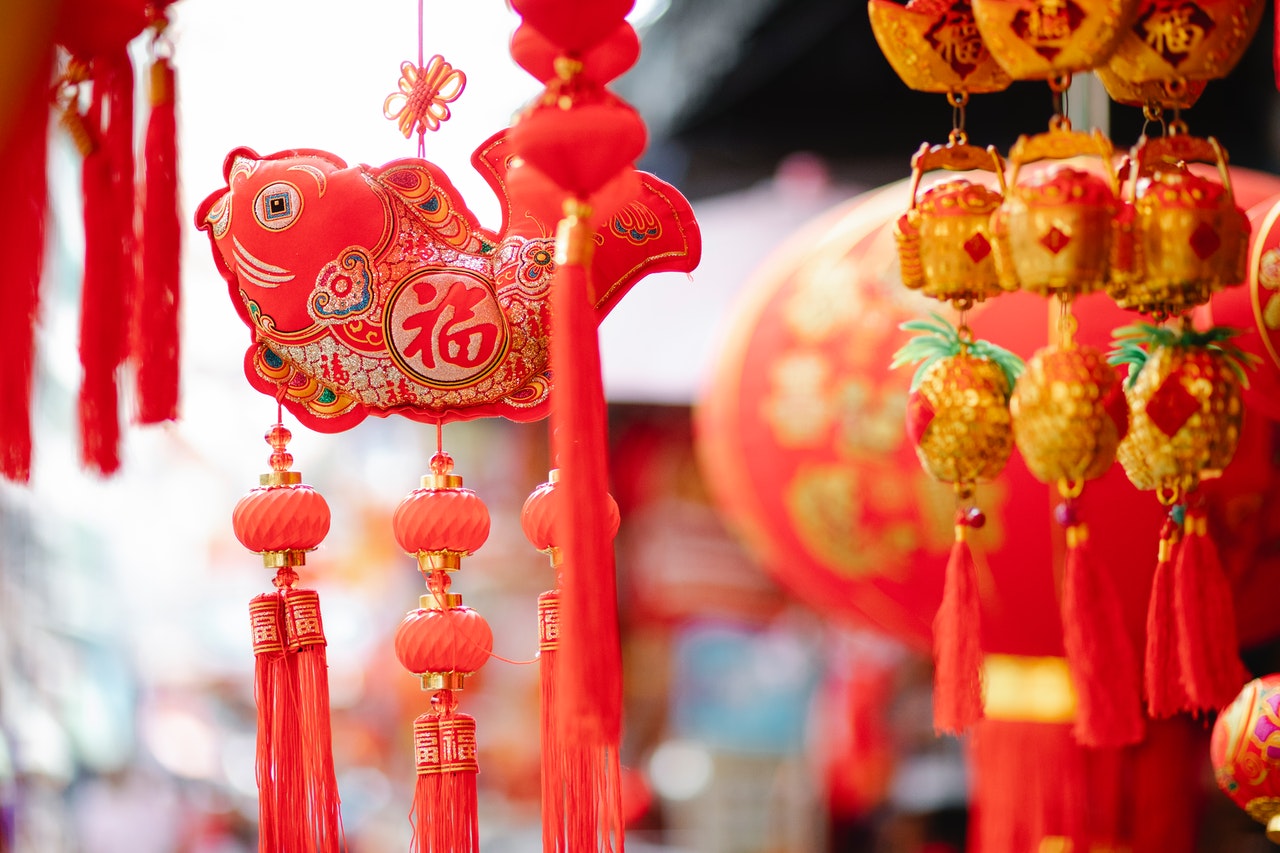
painting, calligraphy, and ceramics, enables the sharing of artistic techniques
In addition to festivals, cultural exhibitions and art shows have also played a vital role in highlighting the artistic collaboration between Iran and China. These exhibitions often feature artworks, sculptures, calligraphy, and traditional crafts that represent the cultural exchange and
influence between the two nations. It allows artists and art enthusiasts to appreciate the beauty and depth of Iranian and Chinese art forms, while also fostering a deeper understanding of their shared artistic heritage.
By celebrating shared traditions through festivals and cultural events, Iran and China are not only strengthening their bilateral relations but also enriching the global cultural landscape. These events serve as platforms for dialogue, exchange, and mutual appreciation, bridging the gaps between two distinct cultures and fostering greater understanding and respect
between the people of Iran and China. Through these celebrations, the significance of their relations in literature, art, and culture becomes evident, creating a powerful testament to the enduring and dynamic bond between these two nations.
The influence of Iranian and Chinese cuisine on each other
When it comes to cultural exchange, few things have the power to connect people across borders like food. The culinary traditions of Iran and China have a rich history, and their influence on each other is a fascinating aspect to explore.
Iranian cuisine, known for its aromatic spices, bold flavors, and intricate techniques, has had a profound impact on Chinese cuisine over the centuries. The Silk Road, an ancient trade route connecting East and West, played a significant role in facilitating this culinary exchange. It allowed for the introduction of Persian ingredients such as saffron, pistachios, and rosewater into Chinese cooking. These ingredients not only brought unique flavors but also added vibrant colors and fragrances to
traditional Chinese dishes.
Similarly, Chinese cuisine has influenced Iranian culinary traditions in various ways. The introduction of noodles, stir-frying techniques, and the concept of using soy-based sauces in cooking have all found their way into Iranian kitchens. Chinese tea culture has also had an impact on Iran, with tea becoming a popular beverage across the country.
The blending of Iranian and Chinese culinary influences can be seen in dishes like "jian bing," a traditional Chinese crepe that has gained popularity in Iran. This crepe is filled with ingredients like herbs, pickles, and sauces, creating a delightful fusion of flavors from both cultures.
Exploring the culinary connections between Iran and China not only offers a glimpse into the history of trade and cultural exchange but also highlights the ability of food to bridge gaps and
create a shared experience. It is a testament to the power of gastronomy in bringing people together and celebrating the richness of diverse cultures.
Whether it's through the use of spices, cooking techniques, or the fusion of flavors, the culinary connections between Iran and China continue to shape the gastronomic landscape of both nations. By embracing these influences and celebrating the shared heritage, we can appreciate the beautiful tapestry of cultural
diversity that exists in literature, art, and overall culture between these two nations.
In literature, the works Challenges and opportunities in Iran-China cultural exchange
The cultural exchange between Iran and China presents both challenges and opportunities that contribute to the rich tapestry of literature, art, and culture. While these two nations have distinct histories,
languages, and traditions, they also share commonalities that provide a fertile ground for exploration and collaboration.
One of the significant challenges faced in Iran-China cultural exchange is the language barrier. Persian and Chinese are distinct languages with their own complexities, making it essential for artists, writers, and cultural enthusiasts to find effective ways to bridge this gap. However, this challenge can also be seen as an opportunity for creativity and innovation. Translations, bilingual works, and cross-cultural collaborations can serve as vehicles for cultural exchange,
enabling the beauty and depth of each tradition to be appreciated by a wider audience.
opportunities for cultural exchange between Iran and China are immense
Another challenge lies in the differences in political and social contexts between Iran and China. These variations can shape artistic expression and impact the reception of artworks and literature. It requires sensitivity and understanding to navigate these differences while still honoring the cultural integrity of each country. By acknowledging and engaging with these challenges, artists and cultural ambassadors can foster meaningful dialogues that promote mutual understanding and appreciation.
Despite the challenges,
the opportunities for cultural exchange between Iran and China are immense. Both nations boast rich histories, vibrant artistic traditions, and deep-rooted cultural values. Through collaborations, artists and writers can draw upon these shared experiences to create works that transcend borders and resonate with audiences from different backgrounds. The fusion of Persian and Chinese aesthetics, storytelling techniques, and cultural symbols can give rise to unique and captivating artistic expressions that captivate and inspire.
Moreover, the growing global interest in diverse cultures provides a platform for the promotion of Iran-China cultural exchange. Festivals, exhibitions, and cultural events centered around these two nations offer opportunities for artists, scholars, and enthusiasts to showcase their works and engage in meaningful dialogue. The digital age has also opened doors for virtual exchanges, enabling artists and cultural practitioners to connect and collaborate across borders, further enriching the cultural exchange between Iran and China.
In conclusion, the challenges and opportunities in Iran-China cultural exchange are intertwined,
presenting a dynamic landscape for exploration and growth. By embracing these challenges and seizing the opportunities, artists, writers, and cultural enthusiasts can contribute to a deeper understanding and appreciation of the significance of Iran and China relations in literature, art, and culture. Through their efforts, these cultural bridges will continue to flourish and inspire generations to come.
The lasting impact of Iran-China cultural bridges
The cultural bridges between Iran and China have left an indelible mark on literature, art, and culture. Throughout history, these two ancient civilizations have engaged in a rich exchange of ideas, aesthetics, and traditions, resulting in a profound and lasting impact on both nations of Persian and Chinese
poets, writers, and scholars have been greatly influenced by each other's artistic styles and philosophical concepts. The Persian poet Rumi, for instance, has been widely read and revered in China, with his verses translated and appreciated by Chinese intellectuals. On the other hand, Chinese literary classics, such as the works of Confucius and Laozi, have been studied and admired by Iranian scholars, inspiring new perspectives and interpretations.
The realm of art has also witnessed the fusion of Iranian and Chinese influences. From intricate Persian miniature paintings to delicate Chinese brushwork, artists from both cultures have incorporated elements from each other's artistic traditions, resulting in captivating and visually stunning creations. This cross-pollination of styles has not only enriched the art scene but has also served as a visual representation of the
deep cultural connections between Iran and China.
Furthermore, the cultural bridges between these two nations have facilitated the exchange of ideas and practices in various aspects of daily life. From culinary traditions to traditional clothing, architecture to music, Iranians and Chinese have borrowed from each other's cultural heritage, creating a unique blend that reflects the shared history and mutual respect between the two civilizations.
In conclusion, the significance of Iran-China cultural bridges cannot be overstated. The lasting impact of this exchange can be seen in
literature, art, and culture, where the fusion of ideas, aesthetics, and traditions has created a rich tapestry of creativity and understanding. As these cultural bridges continue to evolve and flourish, it is important to celebrate and cherish the unique bond that exists between Iran and China, recognizing the profound influence they have had on each other's cultural landscapes.
In conclusion, our exploration of the significance of Iran and China relations in literature, art, and culture reveals the rich tapestry of cultural bridges between these two ancient civilizations. Through their shared history, trade routes, and exchanges, Iran and China have influenced and inspired each other's artistic expressions, literary works, and cultural traditions. By delving into the works of renowned authors, artists, and scholars, we have gained a deeper appreciation for the interconnectedness of these diverse cultures. As we continue to foster dialogue and
understanding between Iran and China, we can celebrate the power of cultural exchange in fostering global harmony and appreciation. Let us continue to bridge the gaps and build upon the shared legacies of Iran and China for generations to come.
Dear Visitor; Please take a look at the list of 50 most visited websites in the world wide web: YouTube, Facebook, google, translate, gmail, weather, amazon, Instagram, cricbuzz, Hotmail, wordle, satta king, twitter, yahoo, yandex, sarkari result, Netflix, google maps, yahoo mail, roblox, whatsapp, NBA, BBC news, outlook, pinterest, flipkart, eBay, omegle, live score, tiktok, canva, ipl, premier league, hava durumu, ibomma, walmart, twitch, ikea, shein, linkedin, home depot, e devlet, lottery, snaptik, cricket, serie a, nfl, spotify, fox news, amazon prime; There is no book publishing related or project management website in this list. We are working hard to bring these important issues to the center of concentration of societies. Please introduce us via social media, share our website with others and help us to make our world a better place to live. Best Regards.


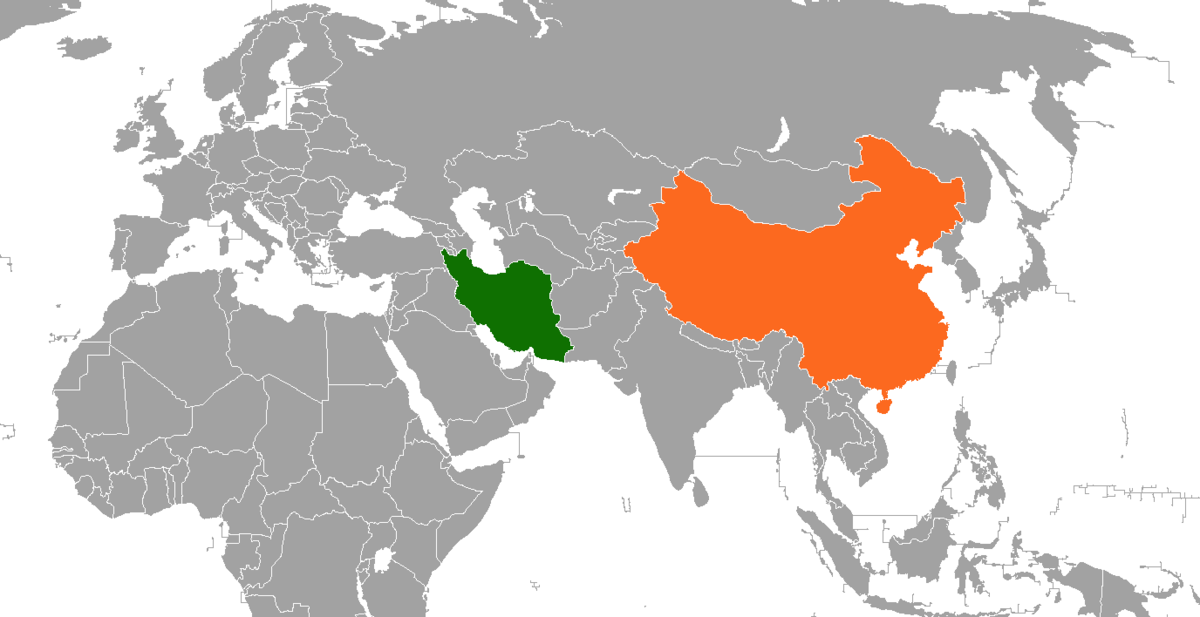


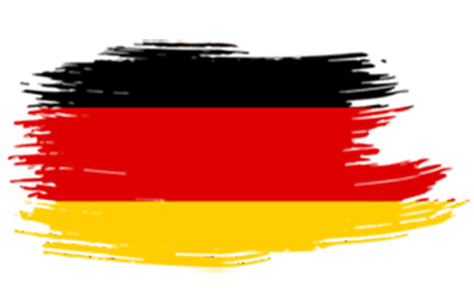
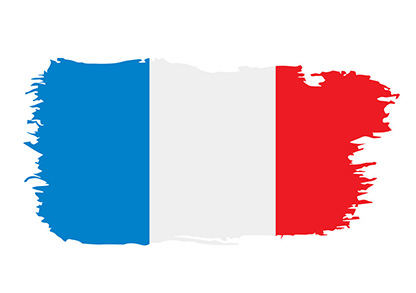
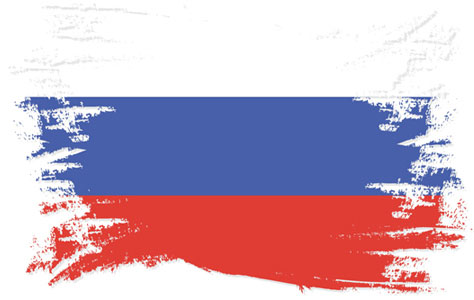

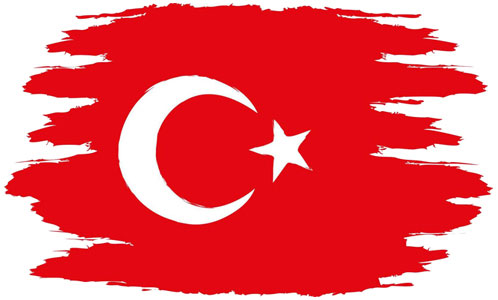

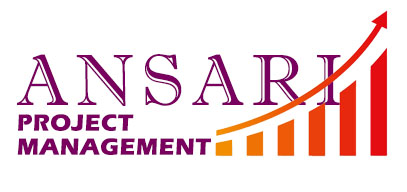

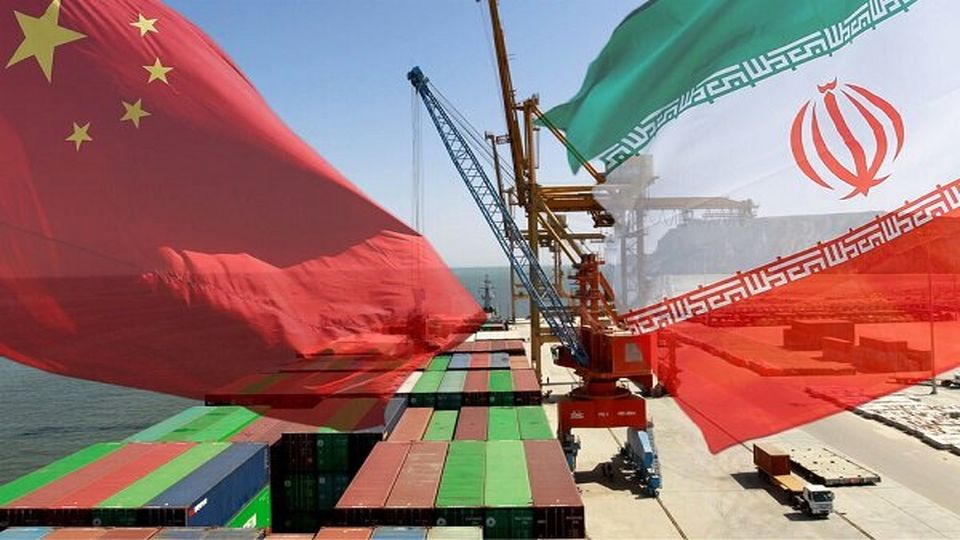
Write your review